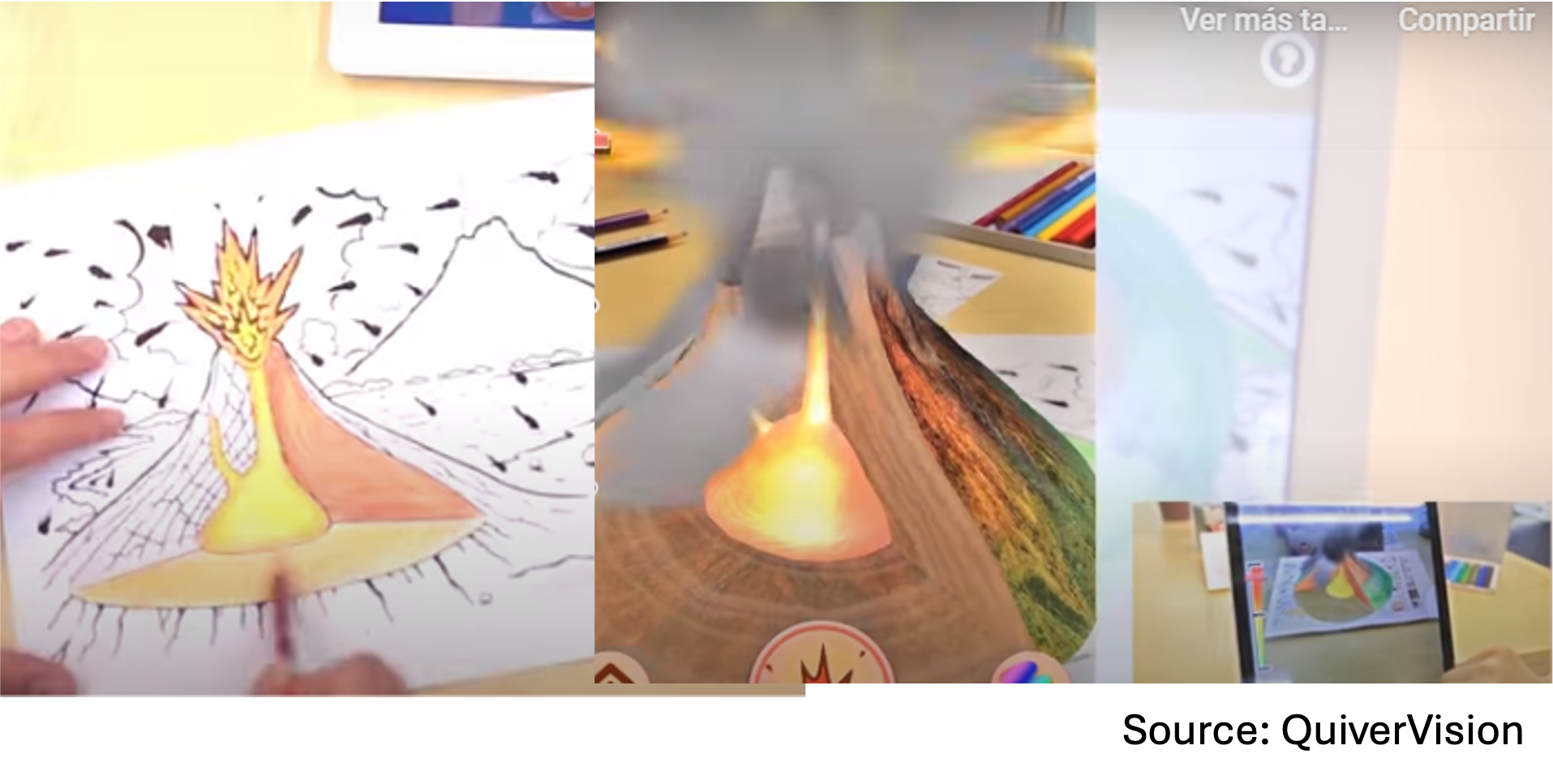
An Overview of Enhancing Distance Learning Through Augmented and Virtual Reality Technologies
Elizabeth Childs , Ferzam Mohammad, Logan Stevens, Hugo Burbelo, Amanuel Awoke, Nicholas Rewkowski, and Dinesh Manocha
Extended reality (XR)—including Augmented Reality (AR) and Virtual Reality (VR)—is often pitched as the future of education. But beyond the hype, what actually makes XR worth considering for distance learning programs? This paper highlights strengths and challenges with using XR in distance education.
Social Interaction
Social presence matters. Students consistently report feeling “disconnected” in traditional online classes. XR environments can replicate the quality of face-to-face interaction—VR role-plays show no drop in communication effectiveness compared to in-person sessions.
However, seamless social interaction is still unsolved. XR helps with presence, but face and eye tracking remain limited. Teachers and designers must plan around these gaps, not assume XR “solves” social distance automatically.
Student Engagement and Focus
Motivation often drops in online formats. AR books and mobile AR apps have demonstrated improved attention and enjoyment, while VR simulations foster exploration and active learning. In some controlled studies, students learned more from a VR field trip than from the real thing—because VR allowed perspectives (like aerial overviews) that were impossible on-site. However, balancing stimulation is critical—too little or too much visual input can hinder focus.
Comprehension and Information Retention
Studies reveal XR enhances conceptual visualization, memory, and knowledge acquisition compared to video or text alone. AR excels at overlaying instructions, diagrams, or abstract concepts directly onto physical objects, cutting task time and increasing accuracy. For distance learning, this means students can do lab-like work at home with clear guidance.
Instructor Resources
Teachers cite inflexibility as a barrier to adoption. Teachers need flexible, no-code tools to adapt XR lessons to their own curriculum. Without them, XR risks being an expensive toy rather than a daily teaching tool. New platforms like ARTutor and ComposeAR show promise in enabling non-programmers to create or adapt AR lessons, while VR tools remain harder to customize. Making content creation accessible is key to large-scale educational integration.
Future Research Directions
Key areas include:
- Hardware advancement – lighter, more comfortable headsets.
- Software improvement – teacher-friendly design tools, hand/eye tracking for interactivity.
- Scalability – leveraging technologies like 5G to support large-scale VR classrooms.
- Health concerns – addressing motion sickness, eye strain, and fatigue in extended sessions.